Based off of a song and music video by Steven Wilson titled “Drive Home”, Last Day of June is an interesting adventure game that revolves around changing the past to prevent a car accident that resulted in your wife’s death.
While the specifics of the story between the music video and video game are different, a similar theme and shared plot devices ensure that both feel very similar. As GameSpot’s reviewer, Alex Newhouse said:
“When tragedy strikes, we crave the ability to go back and change things. We grieve and yearn for a real-life rewind button that gives us a do-over. We often assume that future events are delicately determined based on every little decision that we make. Of course, in reality, events don’t work like that–there’s probably no one flashpoint that could be prevented to stop something from happening in the future. Last Day of June deals with the frustration, anger, grief, and hope that comes from this belief that changing one little thing could reverse a tragedy–perhaps save a person from death.”
This is true for both Last Day of June (LDoJ) and “Drive Home” (DH); they just so happen to go about this in different ways.
Warning: there are some spoilers for The Last Day of June in the rest of this article. While the ending isn’t spoiled, several individual plot points are.
You might want to watch the video or read the lyrics prior to continuing on.
Last Time On…
In “Drive Home”, Charles– the protagonist– is driving home with his wife when she suddenly disappears and he is stricken with an odd injury out of nowhere. Dismayed and bound to a wheelchair, Charles starts writing letters to his wife, Lucy. Soon, these letters, which he has no way of sending to her, consume most of his house. Eventually, he goes down to the dock and sees one of her old brushes in the water, so he picks it up. Later, her ghost visits him and through a series of events he ends up remembering that he caused her death. He couldn’t live with himself so his mind choose to forget everything that had happened.
In LDoJ, you follow a somewhat similar arc, especially if you look at the game through the same lens as Alex. While the game doesn’t explicitly center around a missing June, instead you are trying to save her. There are details that seem to allude to this idea of her “missing”. The game is framed in such a way that her death is ambiguous at first. Every time you complete a segment, you see Carl wake up in his chair seemingly startled to realize that his wife is still gone and he is still disabled. Most importantly, the game focuses on this idea that you can’t actually change what was going to happen.
Analysis
In this regard, I disagree with Alex concerning the specifics of there being no one flashpoint. In my eyes, LDoJ presents several different flashpoints that can be changed, it’s just that all of these flashpoints ultimately lead back to the same cruel fate. This all eventually coincides with the conclusion that June’s fate is preordained; she was meant to die. It wasn’t that things were more complex than you realized, as Alex suggests, it was that she was meant to die on that day on that stretch of road. This is communicated by the fact that eventually a lightning bolt — something you can’t prevent — caused their crash.
But it is in this fight against fate that the notion of being unable to change things, being powerless, is found. And this ties to Charles’ denial in DH. When we are in denial, we believe we have the power to change things. We overestimate how much influence we could have had in any given situation. We think we are powerful, influential even, which is at odds with reality.
The protracted battle, with the inevitable death of June at its end, that Carl faces is denial; denial of his powerlessness in the face of his lover’s death. In the same vein, Charles is in denial about the fact that his actions caused him to lose the person that mattered more to him than anyone else in the world. It’s subtly different, but both are a form of denial in their own right.
The More Things Stay the Same…
While the story of both follow similar beats– ghost wife offering clarity, wheelchair/disability, focus on a particular McGuffin (necklace in DH and present in LDoJ), the dock being a place of great importance, car crash, etc– and address similar themes, LDoJ tells its story a lot differently than DH thanks to the inclusion of the four neighbors.
In DH, there are only two characters: Charles and Lucy, husband and wife. But in LDoJ, there are 6 characters: Carl and June– husband and wife– the kid, the best friend, the hunter, and the old man (I swear that’s their names per the credits. I can’t make this stuff up.).
The problem with this, however, is that the story doesn’t really change to accommodate that. It is still about the relationship between a husband and wife except now there are four side characters that take up most of the game’s screen time.
I did talk about this in my review:
I was left asking myself: how would the game fundamentally change if you removed these four neighbors? The answer is: it wouldn’t. Despite them feeding into the events, they emotionally and thematically contributed little to nothing in a story driven game. Saving June feels abstracted because of this.
Carl may be the motivator to all of this, but he is two steps removed from the process. And unlike the four neighbors, you don’t learn much about Carl outside of his relationship and subsequent descent. This may have been an intentional way to get you to feel like you are inhabiting him by leaving him a blank slate who is easy to project onto, but it felt empty to me. In a story where I don’t get to bond with June much and I play as characters that are abstracted from her by two degrees of separation, everything felt a little hollow.
This really rounds out my thesis and brings it to a point, which is outlined by the two following problems: either the game was too faithful to its source material and should have changed the themes of the game to accommodate a larger cast, or it was too divergent from its source material and should have found a way to communicate its story without including these extra, unnecessary characters.
Personally, I think there are a couple really interesting directions they could have gone with this expanded cast.
Too Divergent
The writer’s obsession with the crash being the vehicle for June’s death (pun intended) was one of the more glaring problems with sticking to the source material. This worked well in DH, and even the first time in LDoJ, but, as mentioned in the review, seeing them crash over and over on the same stretch of road desensitized you to the tragedy. Stopping the boy from playing with the ball in the street only caused the crash to happen 3 seconds later instead of 3 weeks later. At a certain point, it became interesting to see what new, ridiculous death sequence your heroics would create.
If the game followed a structure similar to the anime Re:Zero then it would be amazing. In Re:Zero, the protagonist goes about his business like any normal person would… until he ends up getting himself killed. At this point, he wakes up at an arbitrary, yet predetermined time, and has to figure out some way to prevent his death against often insane odds. This storytelling gimmick provides some great hooks for the viewers.
First, you never know what is going to happen. There will be long stretches of time where you are left grimacing at all the horrible potential deaths that could be suffered. It makes you look at everything with a paranoid sense of dread like in the Final Destination movie franchise. Obstacles then present a real threat because you know you could die at any moment as opposed to stories where you know the main character is too important to die. Although it is not permanent, that does not remove the stakes. Which brings me to my second point.
The protagonist remembers everything. In Re: Zero, there are characters that become dear friends only to forget him in the blink of an eye. Meeting them for the first time again while knowing a ton of information about them can make things awkward. He already feels close to them, but has to still navigate this relationship like he doesn’t know their birthday. In fact, this happens with the primary love interest in the show. So while the protagonist is fond of her from the time he has spent with her in previous iterations of his life, she doesn’t know why he is so attached to her.
This would accomplish a few huge things. First, you would not need to play most of the game as other people. They could still exist, but since they were not the people through which you lived the game they would not need to feel like they had as much skin in the game. Second, you’d be able to form a bond with June since she’d be around more often. Sure she might not remember all the possible paths you have lived, but that’d be fine. As long as you grow fond of her through your interactions then eventually coming to terms with her death would be emotionally draining, in a positive way.
Of course, this would require a significant amount of extra content to be made. And, while this storytelling gimmick works wonders in Re:Zero, it might be harder to pull off in an interactive medium, where inevitable deaths could become a nuisance, and finding solutions could boil down to trial and error. However, it should be noted that’s a problem the game already suffers from.
Too Similar
Another option would be to wake up as the various characters in their respective homes to see how they felt guilty for June’s death. The kid next door would feel bad about his ball causing June’s death in the first scenario. The best friend would feel guilty that her untied boxes caused the death in the second scenario. The hunter would feel guilty about how his chase caused the cliff to collapse on the road in the third scenario, and so on.
As is, when Carl wakes up, he realizes that June is still dead, goes to her self-portrait, sees how she died in this new timeline, and then has one of the doors to the house open up. Exiting through that door leads you through a path. Along the path, there are memories of the young couple which reveals facts about their past together. This is repeated about four or five times in the game. But this setup could easily be used for the other neighbors too.
Imagine that the little boy wakes up in a cold sweat from his tree house. He looks over and sees the totaled car that still sits in Carl and June’s driveway and is filled with remorse. Chunking his ball off of his tree house in a rage at his own idiotic pursuit of it only weeks prior, he sees a light glow as Carl’s front door opens up. Being the precocious little kid that he is, he simply can’t resist a temptation this great. He lowers his rope and slides down. Sneaking out of the hole in his gate that his parents still haven’t fixed, or noticed for that matter, much like he did weeks prior, he looks over to the base of his tree and remembers when June painted his portrait. He works his way across the street and into Carl’s house.
Saddened at the sight of an evidently irritated sleeping Carl, he is beckoned further into the art studio in the rear of the house. It’s here that he is reminded, and we are shown for the first time, how his irresponsible actions caused June’s death in the first place. He sees his own portrait. She even painted the scar on his cheek that he’d received playing with his friend; the one you later learn moved away months prior. And she also painstakingly recreated the hat that same friend gave him in her trademark post-impressionist painting. Then he touches the painting and is transported to that day. From here things would play out similar to normal as you change his actions much like the way it currently works.
Eventually, as the web becomes more complex there would be a need to create some sort of plot device that connects all the characters. However, since the hand that moves the story forward is magical and never fully explained, it is reasonable to believe that this could easily be worked out. All it needs to do is bring everyone to the same place on the same evening.
This would fundamentally shift the story towards being about community rather than romance. But that honestly felt like what the story was going for at times anyhow. And it would add more depth to a story that comes across as one dimensional at times. While most characters are portrayed as having very simple motivations, their relationships seem to be more complex.
The little boy has a strained relationship with the old man because he has destroyed so much of his property over the years, but the young boy also doesn’t have any friends and this ends up resulting in the old man and young boy bonding over a shared hobby: kites. The best friend is defined by the fact that she has a crush on Carl while being June’s friend. But seeing those dynamics play out a little more by seeing Carl interact with her now that he is technically single but 100% grieving adds a ton of room for emotional complexity.
To stay aesthetically consistent, this wouldn’t need any speech either. The first scene with Carl and the best friend, which is also really the only scene with the two in it, immediately conveys that she likes him just by her bashful demeanor and the way her touch lingers when handing him an item. This same sort of subtle storytelling can be used to show how she fights her own personal desires to be there for her best friend’s widower. Moreover, just because the larger tone of the story becomes familial and community-based doesn’t mean the romantic elements are gone because Carl would still be present.
Perhaps most importantly, unlike the Re:Zero idea, you would not need to fundamentally change the vast majority of the game. Much of the content would work the same and only a relatively small amount of extra content would be needed to flesh out the backstories of the various neighbors (Maybe give them names?).
Perhaps Alex said it best in the closing remarks of his review:
Last Day of June succeeds when it doesn’t focus specifically on the love story of Carl and June, but rather on their entire community and the way they confront mortality and fate.

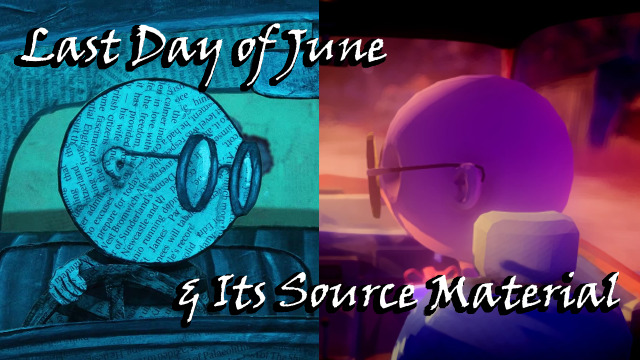

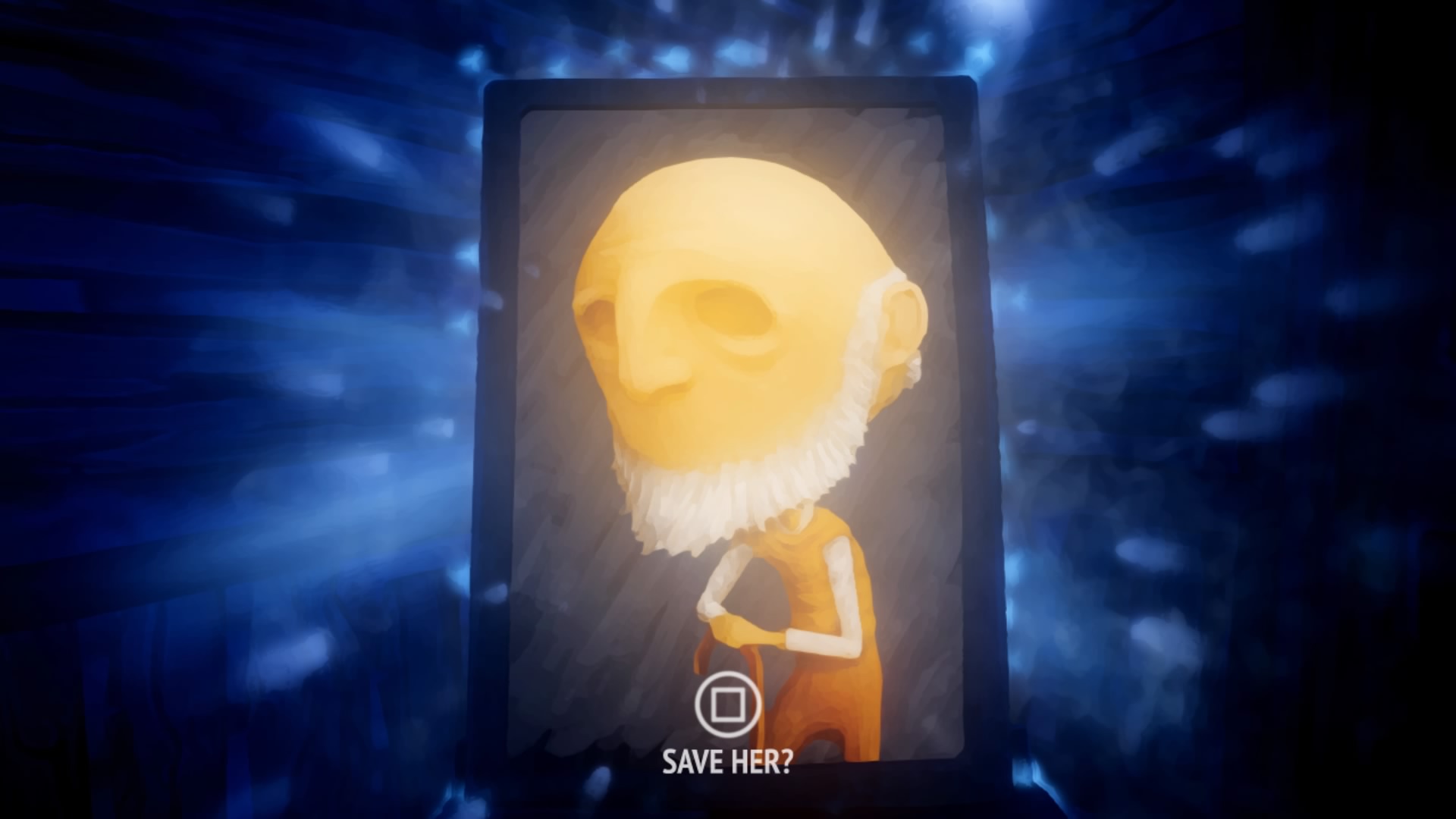
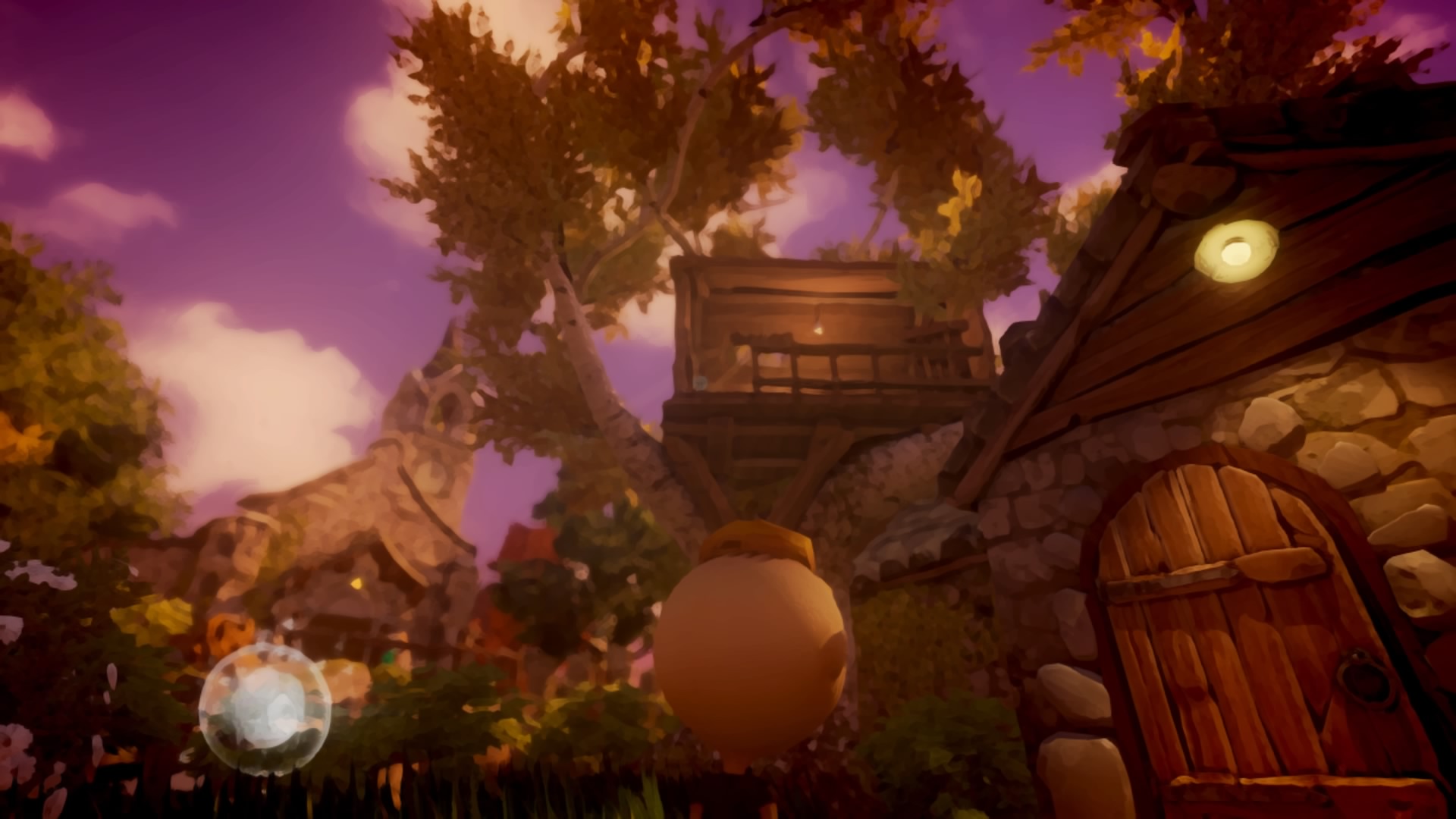
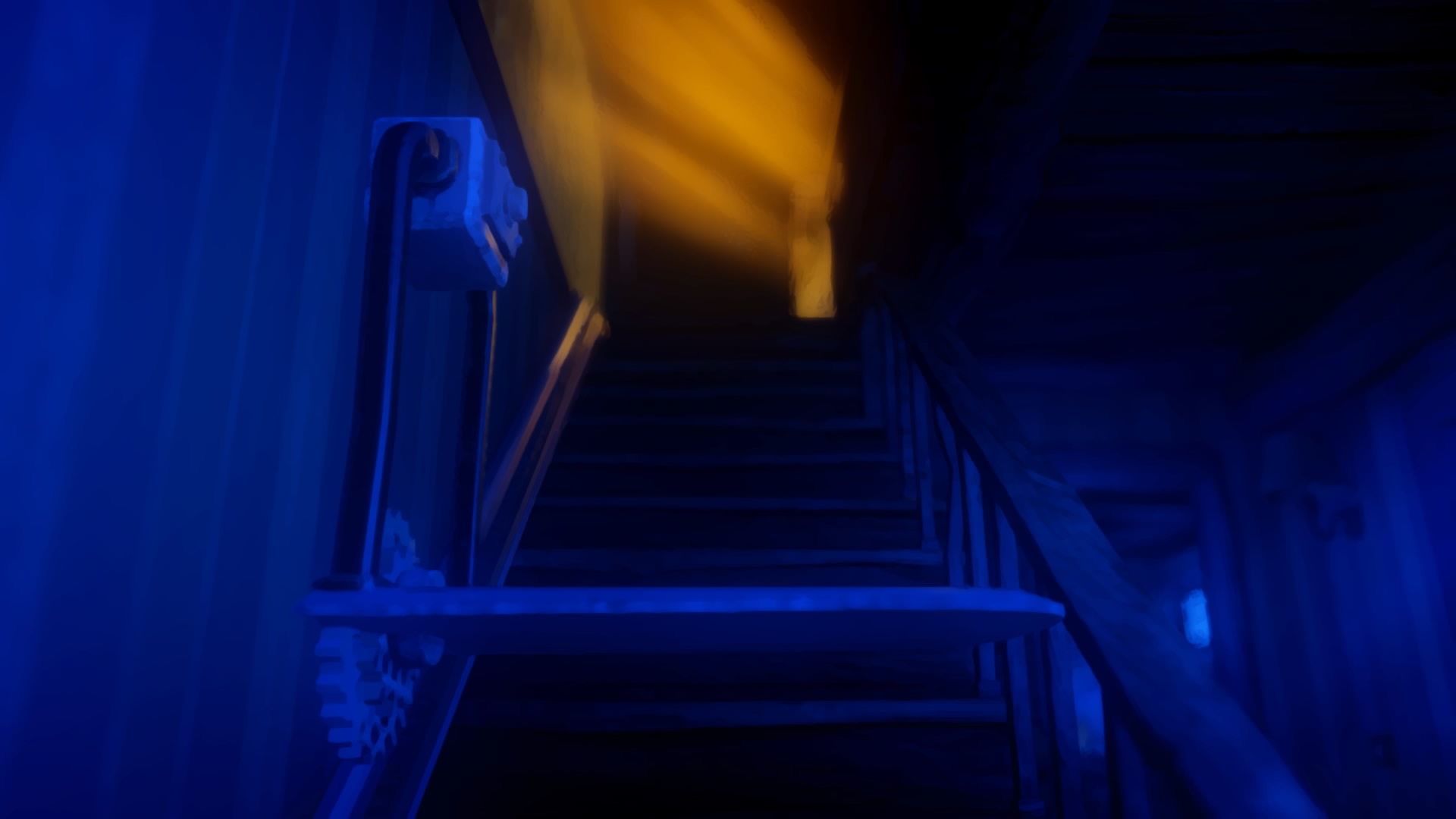
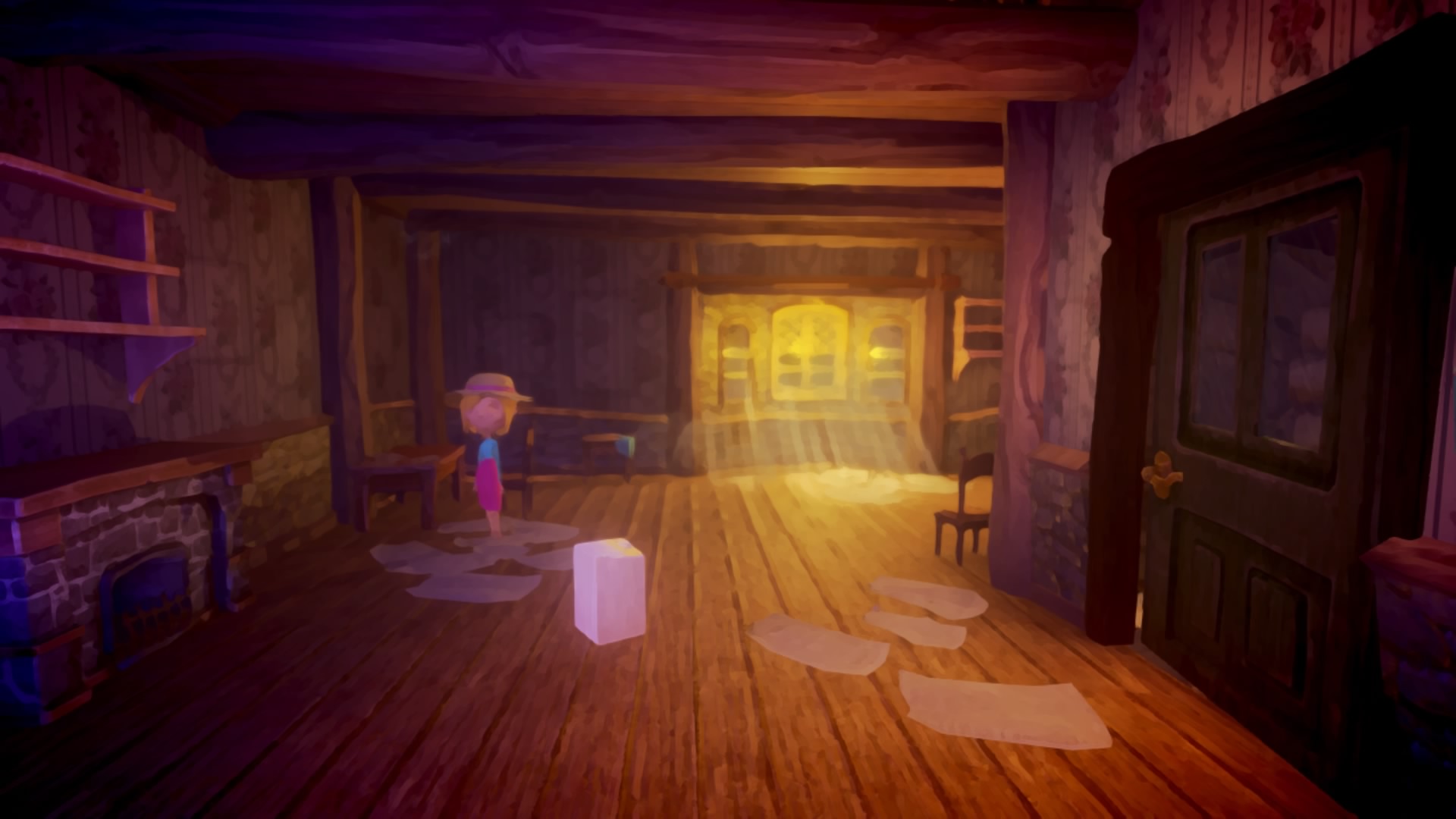





Published: Oct 21, 2017 03:32 am